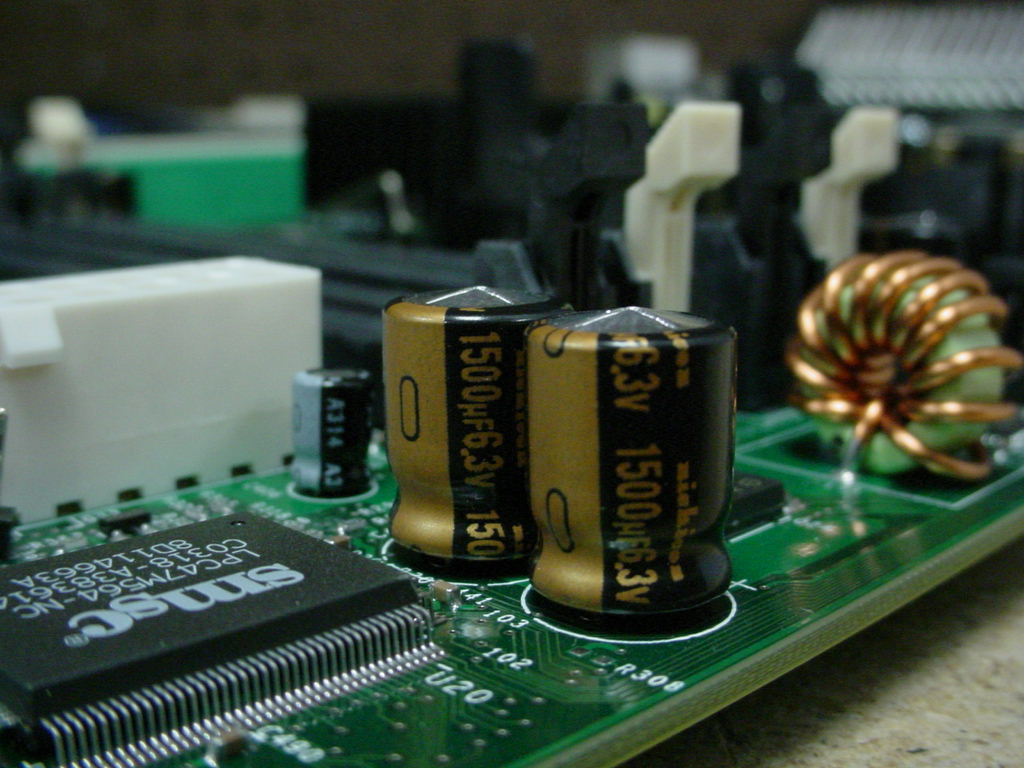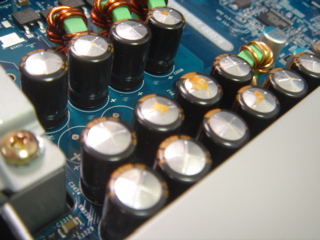Despite being around for quite some time now (VMWare released its first version of VMWare Workstation in 2001), server virtualization seems to be all the rage these days. It seems that not a day goes by without seeing virtualization mentioned in a newsletter, magazine or web site.
The first virtualization software product I used was indeed VMWare Workstation, some time around 2002. I used it mainly for testing and development, and the fact that it supported most major operating systems (e.g. Linux) was very helpful. A couple of years later we got our first dedicated server where we ran the VMWare GSX Server (now called VMWare Server). At that time I also evaluated Microsoft Virtual Server, but found it to be inferior from both a management and performance aspect, and it also didn’t support Non-Microsoft Operating Systems. Microsoft Virtual Server has improved since then however and is a viable alternative today.
As virtualization has become more and more important for our business, we have since migrated to the VMWare ESX Server, which supplies its own Linux-based operating system and thus offers a slightly better performance among other benefits. I know this is starting to sound a lot like a VMWare advertisement, so I’ll try to get to the point. Don’t get me wrong, we’ve definitely found problems in VMWare’s products over the years, but its proven to be a stable and reliable platform overall. For example, installing and upgrading ESX Server has thus far not caused us any problems or difficulties. Read Michael’s review of VMWare Server 2 however, he doesn’t appear to have liked the latest release of VMWare Server too much.
One thing that is often overlooked in my opinion however is the ability to migrate physical machines to virtual machines using the free VMWare Converter. Using the converter, you can migrate a physical into a virtual machine, which can run on any of VMWare’s products. How many IT departments are running servers that are barely used anymore, yet cannot be turned off because a handful of users are occasionally accessing the server to access old data? Those machines usually don’t require fast hardware and might even be running on systems that are no longer supported by the manufacturer. Systems like these are ideal candidates for virtualization.
Here are just some of the benefits you get by moving a legacy or underutilized machine to a virtual server:
- If you retire (=recycle) the original hardware, you save money on power by requiring less A/C and power consumption in your data center.
- You can cancel any maintenance agreements on the hardware if it is retired.
- You might speed up the application if the server hosting the virtual machines is more powerful than the original box the software was running on.
- If the migration fails or causes unexpected problems, then you have nothing to fear since the original server won’t be modified.
- The migration is done remotely, so you don’t even have to physically log on to the computer being migrated.
- Virtual machines can be suspended, thus saving RAM on the host machine while suspended.
We performed a similar migration a couple of months ago when we switched to a new support ticketing system. Since we didn’t migrate any data from the previous system to our new system, we wanted to have the ability to login and search tickets periodically – so shutting of and formatting the server was not an option. Of course, keeping the server running 24/7 seemed like waste as well – especially when we wouldn’t need to access the machine more than once a week. Hence, a migration to a virtual machines seemed like the best option and the server lives on ESX Server since. The physical server was initially just turned off for a few weeks, but has since found new use for a different project.
So if you’re planning to move to virtualization or have already begun, don’t just think about new machines but also consider “virtualizing” existing physical machines.
And remember that machines running inside VMWare or Microsoft Virtual Server can be monitored by EventSentry just like a physical machine can. 🙂

